Publications & Reports Search
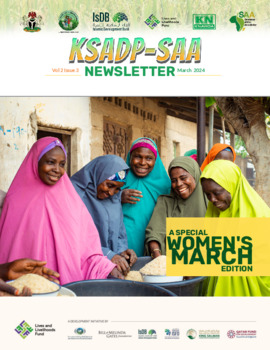
Publications & Reports / Other Publications
KSADP/SAA monthly Newsletter (March 2024)
April.9.2024
KSADP/SAA monthly Newsletter for March 2024, with a primary focus on the activities and progress of the Kano Agropastoral Development Project (KSADP) in Nigeria.
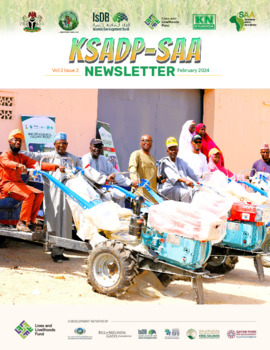
Publications & Reports / Reports
KSADP/SAA Monthly Newsletter (Feb. 2024)
March.8.2024
KSADP/SAA monthly Newsletter for February 2024, with a primary focus on the activities and progress of the Kano Agropastoral Development Project (KSADP) in Nigeria.
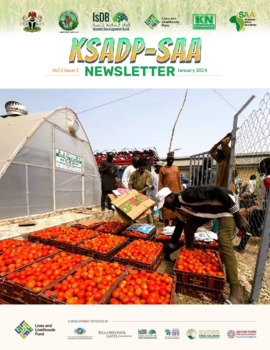
Publications & Reports / Reports
KSADP/SAA Monthly Newsletter (Jan. 2024)
February.8.2024
KSADP/SAA monthly Newsletter for January 2024, with a primary focus on the activities and progress of the Kano Agropastoral Development Project (KSADP) in Nigeria.
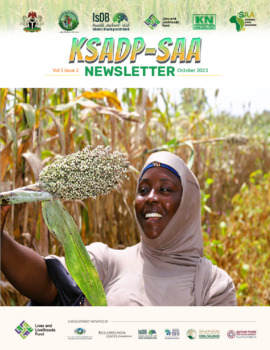
Publications & Reports / Reports
KSADP/SAA Monthly Newsletter (Oct. 2023)
November.8.2023
KSADP/SAA monthly Newsletter for October 2023, with a primary focus on the activities and progress of the Kano Agropastoral Development Project (KSADP) in Nigeria.
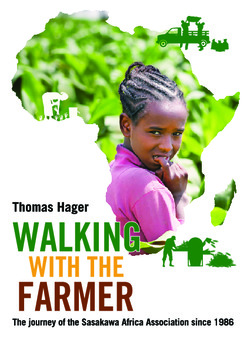
Publications & Reports / History
SAA history book, “Walking with the Farmer: The journey of the Sasakawa Africa Association since 1986”
May.26.2023
We are pleased to announce the publication of our history book that chronicles the Sasakawa Africa Association’s (SAA) work in agricultural development in Africa beginning in 1986. The book was written by Thomas Hager, an award-winning American science writer. In writing the book, Mr. Hager proposed that he wanted to follow SAA's path closely, but that it should not be only about what went well, but also what did not go so well. He believed that it should be a story of African agricultural development from the field, rather than just a corporate story.
Since its early period, SAA has boldly tackled issues such as climate change, soil degradation, nutrition, value chains, and agricultural finance, all of which have become hot topics in recent years. We have also expended great energy in coordinating with relevant organizations. We hope that this book will be of guidance to those involved in agricultural development in Africa. As this book suggests, collaboration and partnership are the keywords for this new era, and we will continue to work together with our partners in the field with "Walking with the Farmer" in our hearts



